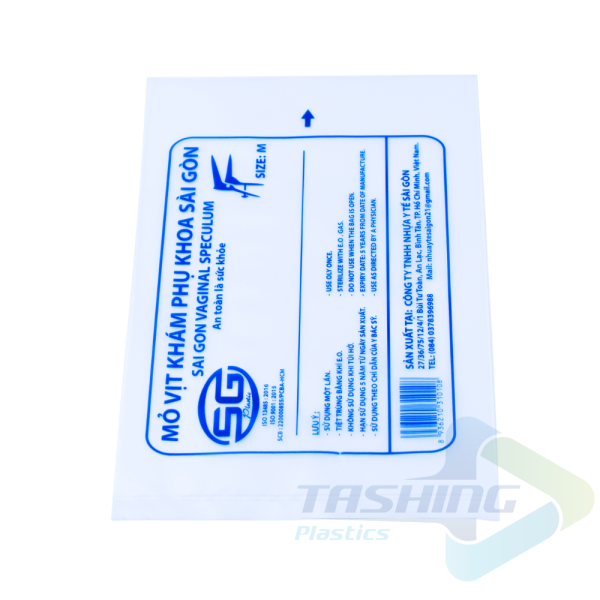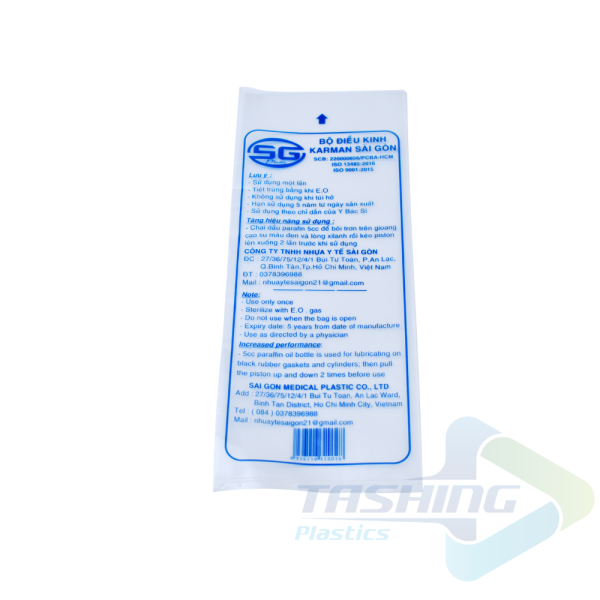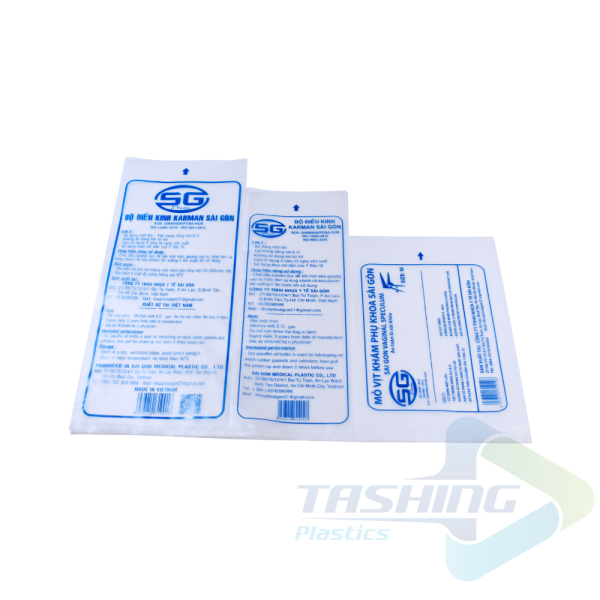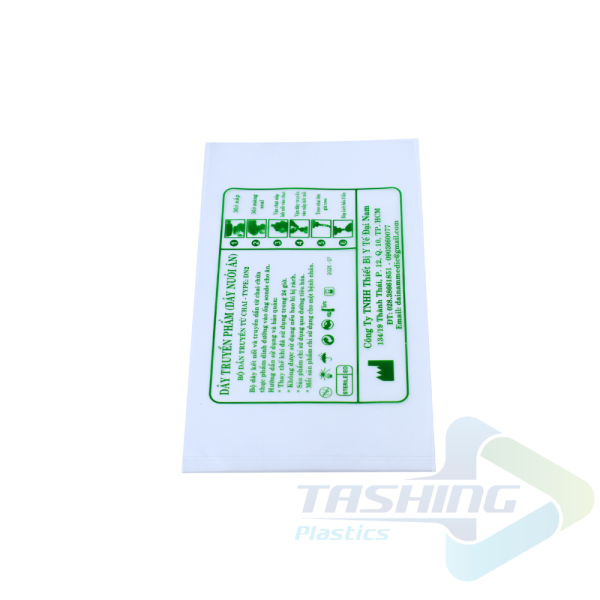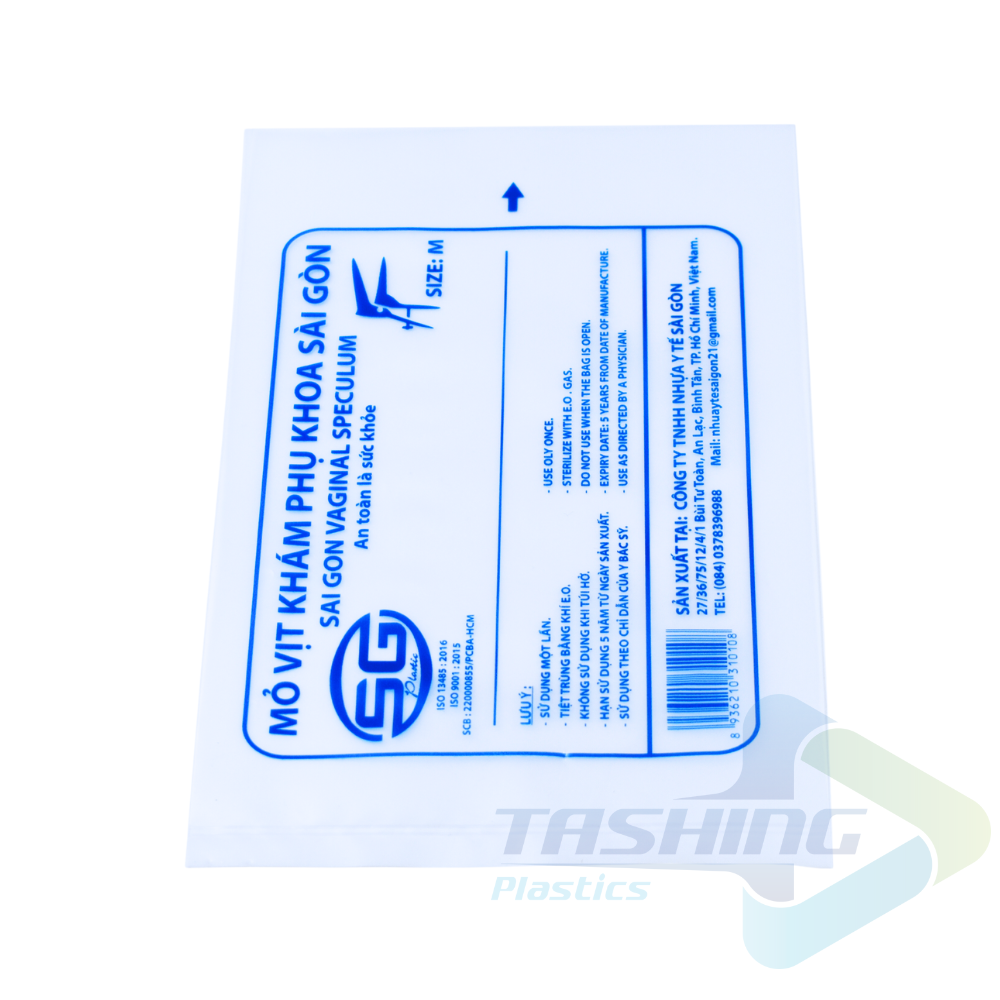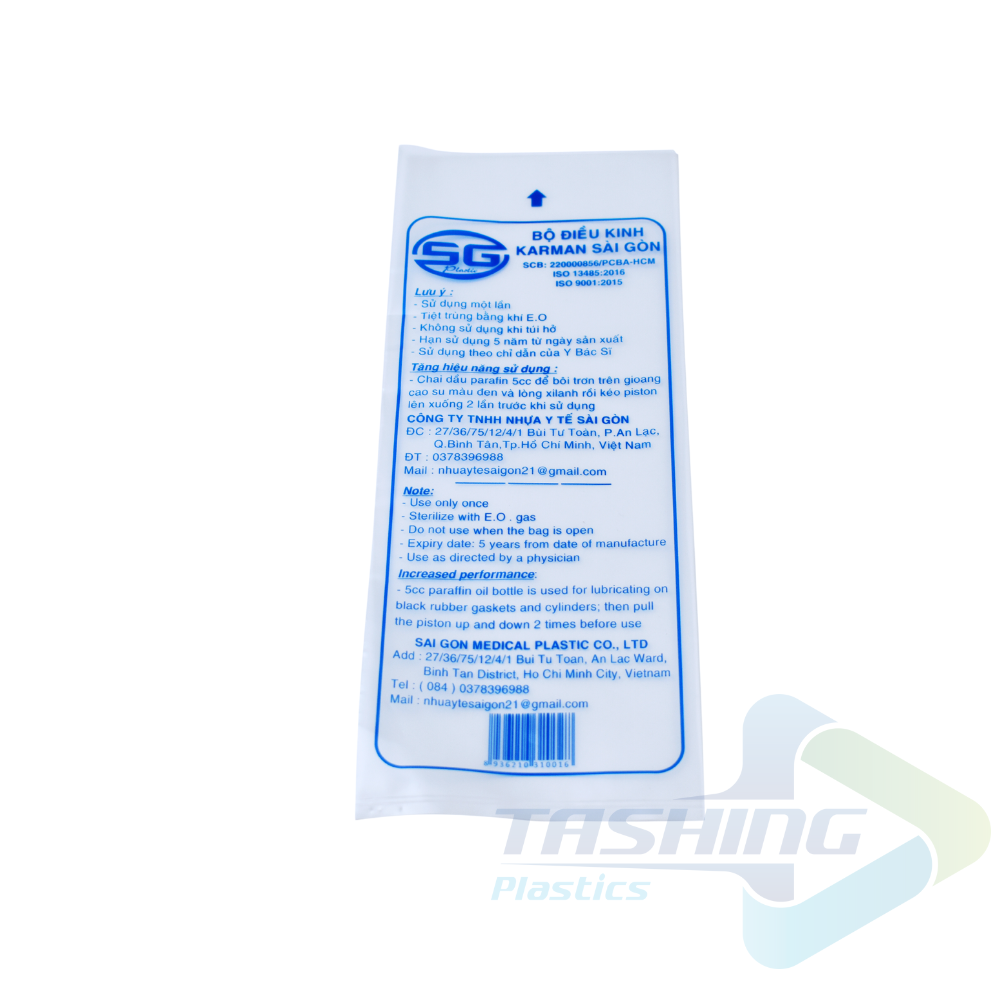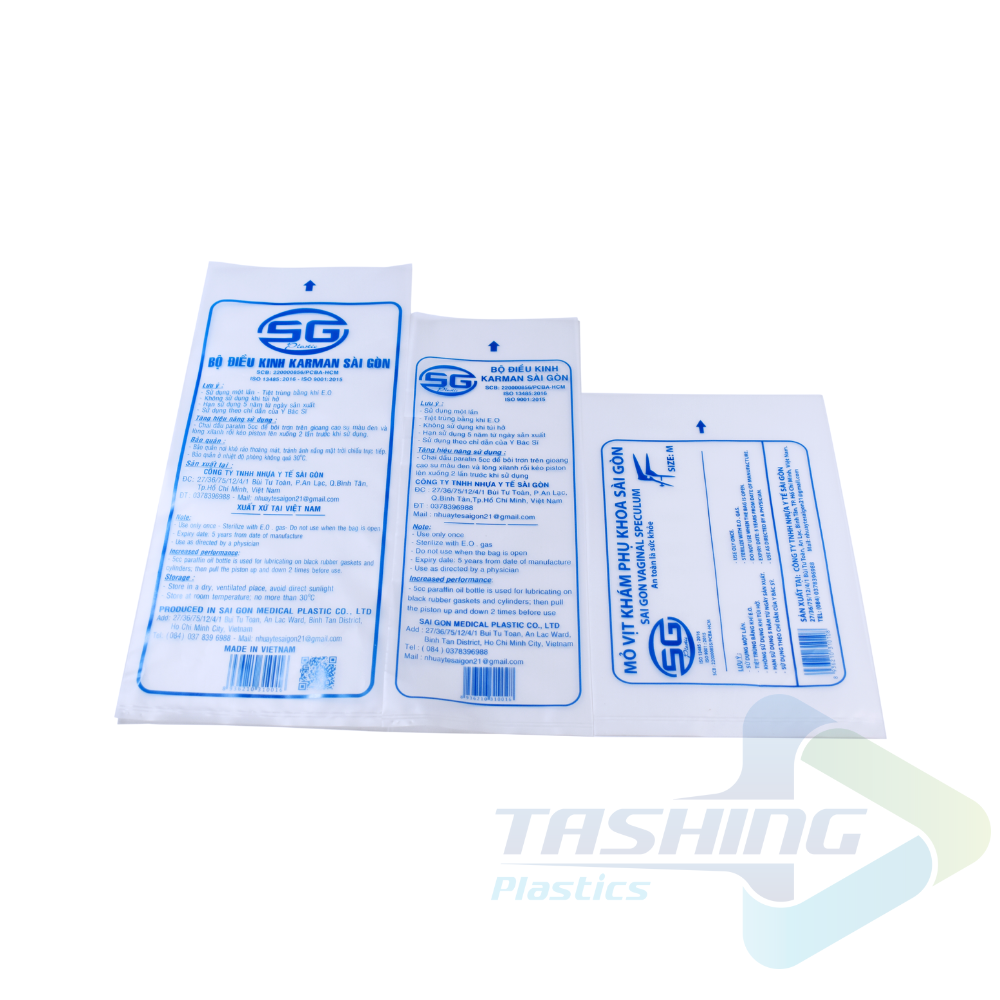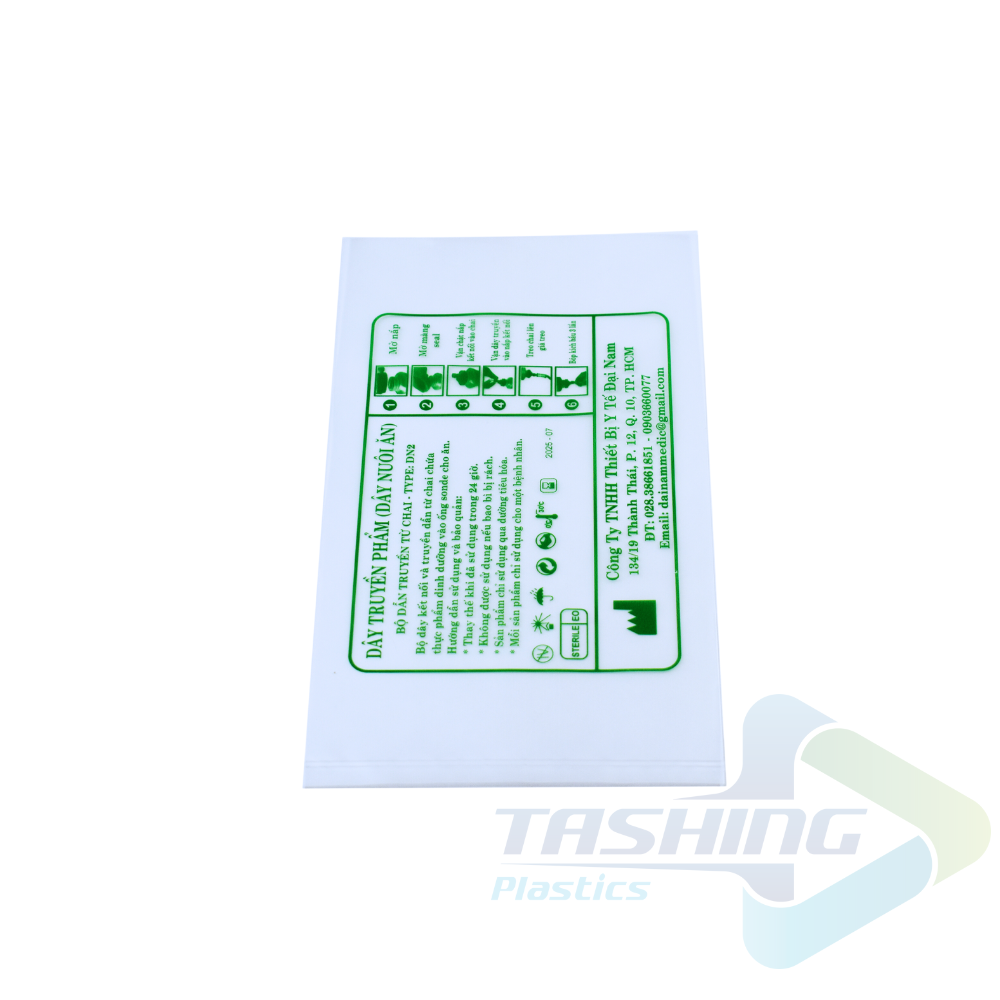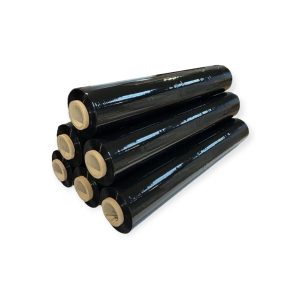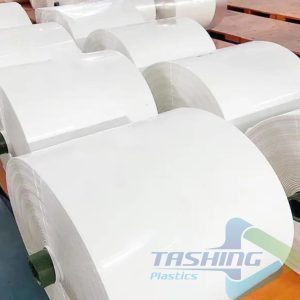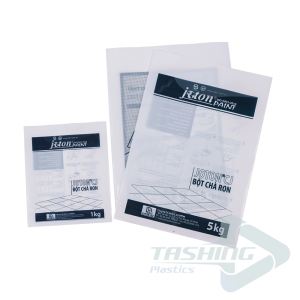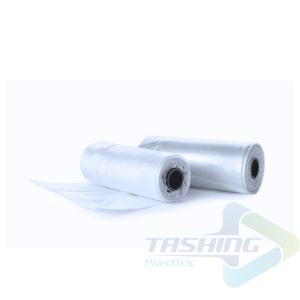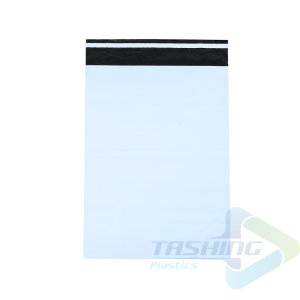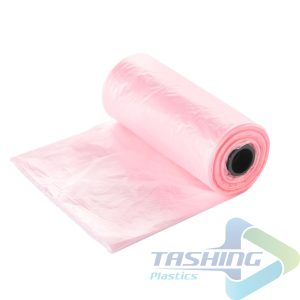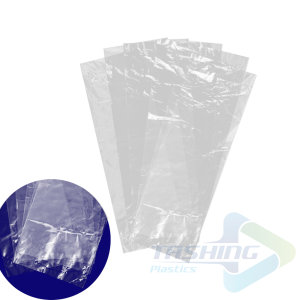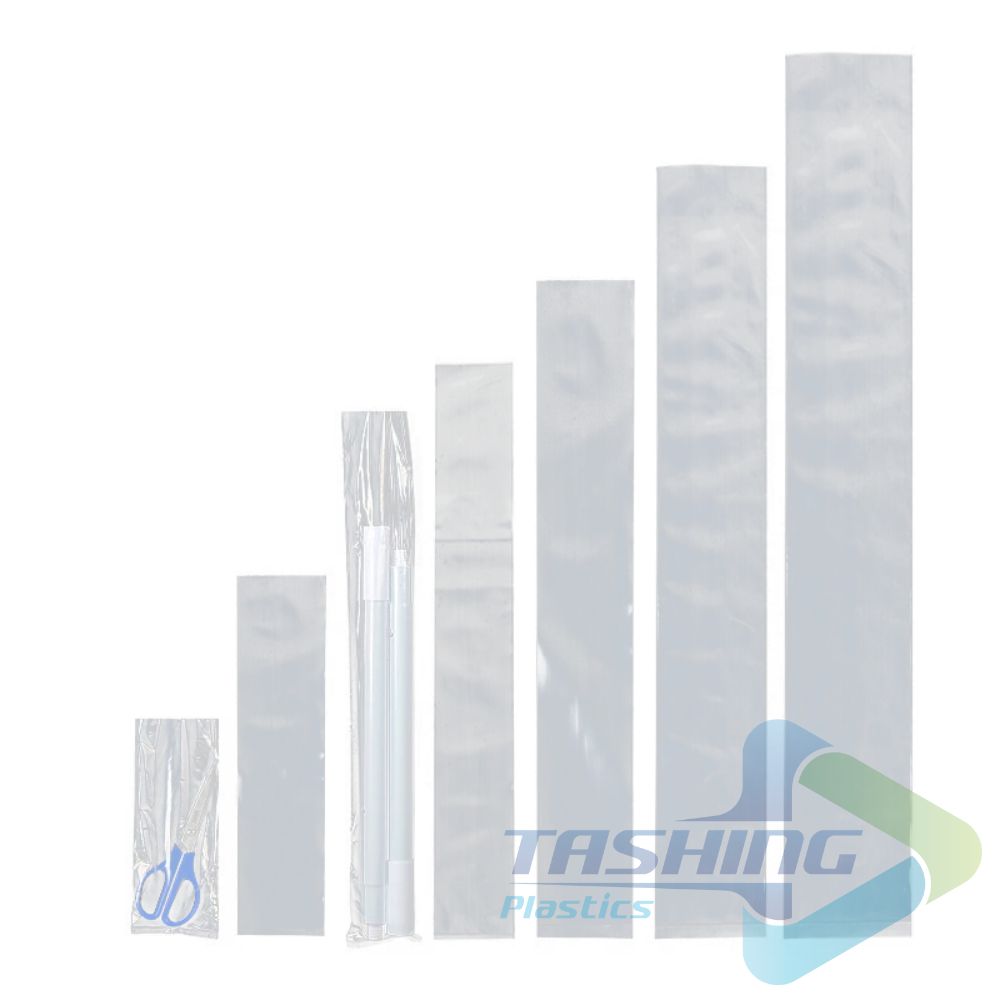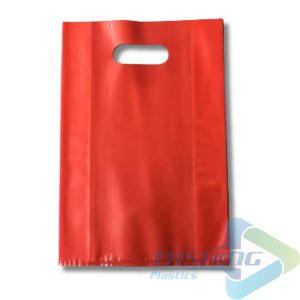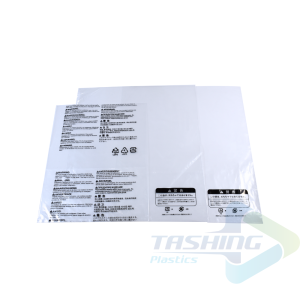Medical Plastic Bags
Contact
- Function: Packaging medical equipment, IV sets, protective clothing, etc.
- Material: PE, HD, PP
- Size: As required.
- Thickness: 30 microns to 150 microns.
- Color: Various colors.
- Features: Bags made from high-quality resin, durable, sturdy, ensure hygiene and safety, custom printing available.
- Packaging: Bales of 10kg, 25kg, or as required.
- Description
Description
The healthcare industry relies heavily on the use of medical plastic bags for a variety of essential tasks, ranging from storing medical supplies to collecting and disposing of hazardous waste. These specialized bags are designed to meet the stringent requirements of the medical field, ensuring safety, hygiene, and compliance with regulations. Di Dai Hung Co. Ltd., a leading plastic bag supplier in Vietnam, understands the critical role these bags play, offering a wide range of high-quality medical plastic bags tailored to the diverse needs of hospitals, clinics, laboratories, and other healthcare facilities.
Introduction
What are Medical Plastic Bags?
Medical plastic bags are specifically designed and manufactured for use in healthcare settings. These bags are made from medical-grade materials, typically polyethylene or polypropylene, and undergo rigorous quality control processes to ensure they meet the highest standards of safety and performance. Unlike standard plastic bags, medical plastic bags are typically thicker, more durable, and may feature specialized features such as puncture resistance, leak-proof seals, and autoclave compatibility.
Why are Medical-Grade Plastic Bags Essential in Healthcare?
The use of medical-grade plastic bags in healthcare facilities is fundamental for maintaining hygiene, safety, and compliance with strict regulations. Here’s why these specialized bags are crucial:
- Infection Control: Medical plastic bags help prevent the spread of infections by securely containing contaminated materials, such as used instruments, biohazardous waste, and specimens. They act as a barrier, minimizing the risk of cross-contamination and protecting healthcare workers and patients alike.
- Patient Safety: Properly labeled and sealed medical plastic bags ensure that medications, samples, and other medical materials are handled and stored safely. This reduces the risk of accidental contamination or misidentification, safeguarding patient health.
- Compliance with Regulations: Healthcare facilities must adhere to rigorous regulations set by regulatory bodies like the FDA (Food and Drug Administration) and EPA (Environmental Protection Agency) regarding the use and disposal of medical materials. Medical-grade plastic bags are designed to meet these requirements, ensuring compliance and mitigating legal risks.
Types of Medical Plastic Bags
Biohazard Bags
Biohazard bags, also known as medical waste bags, are essential for infection control in healthcare. They safely contain and dispose of materials contaminated with infectious agents like blood, body fluids, and tissue samples
- Features: Biohazard bags are typically bright red or yellow, with clearly visible “Biohazard” warning signs. They are made from thick, puncture-resistant material, often with a leak-proof seal to prevent spills or leaks.
- Uses: Biohazard bags are commonly used for:
- Collecting and disposing of sharps (needles, syringes, etc.)
- Storing specimens for laboratory analysis
- Transporting potentially infectious materials
- Disposing of contaminated medical equipment
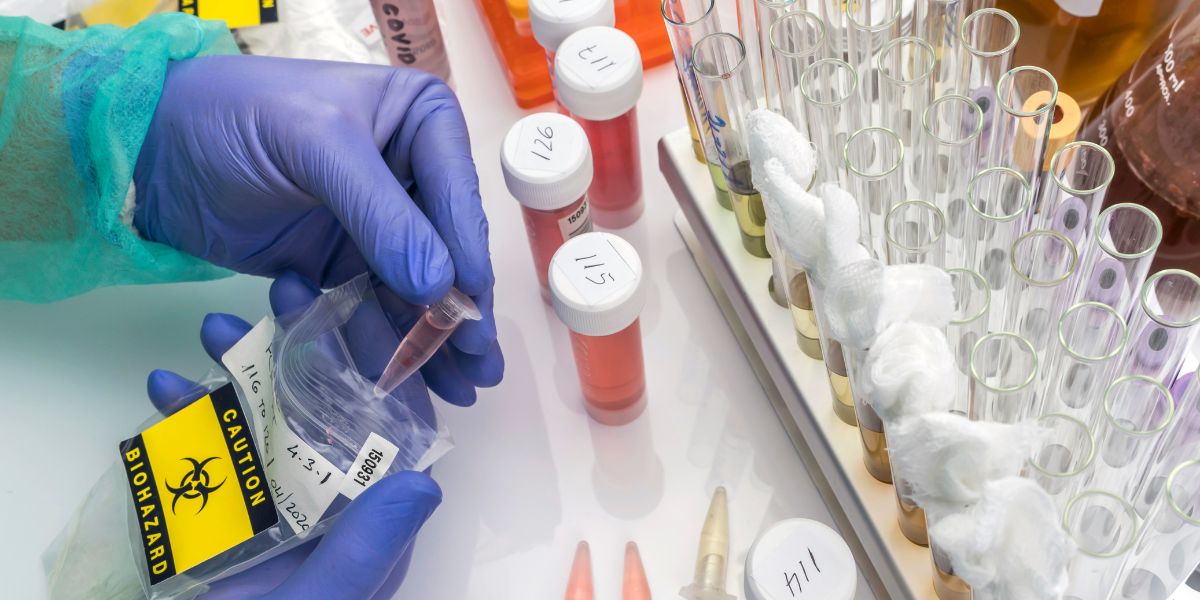
Specimen Bags
Specimen bags are used for safely collecting and transporting biological samples, such as blood, urine, and tissue. They are essential for laboratory testing and diagnosis.
- Features: Specimen bags are available in various sizes and have secure closure mechanisms, often with tamper-evident seals for enhanced security. They are often made from clear plastic to allow visual inspection of the sample.
- Uses: Specimen bags are commonly used for:
- Collecting blood samples from patients
- Storing urine and fecal samples for analysis
- Transporting tissue biopsies for pathological examination
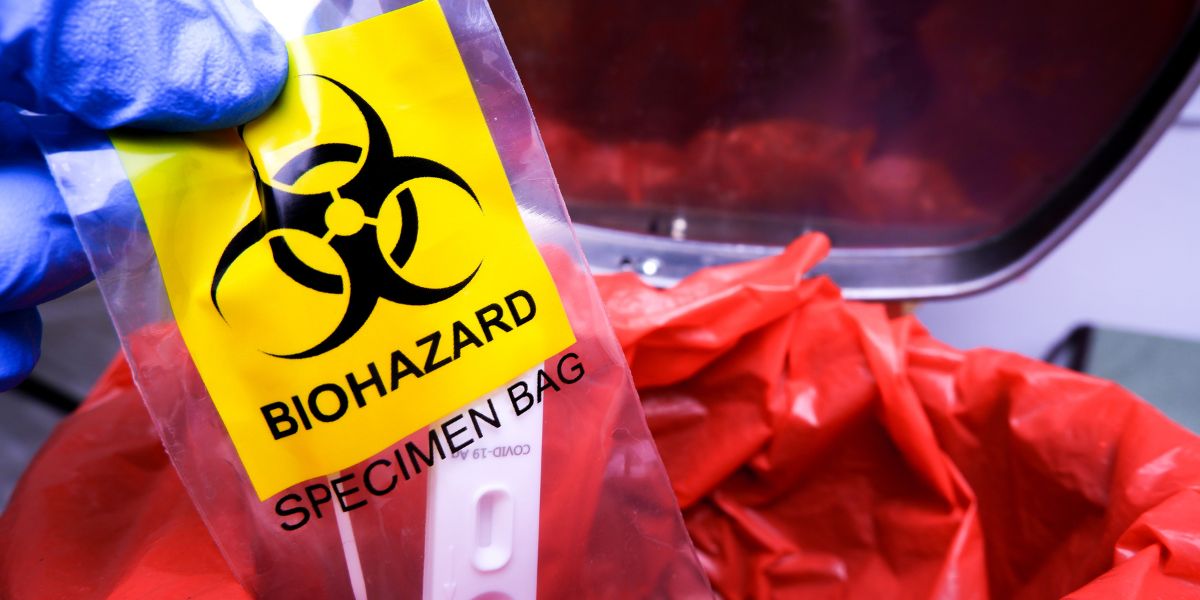
Chemotherapy Waste Bags
Chemotherapy drugs are powerful medications used to treat cancer. However, they can be hazardous to health if not handled carefully. Chemotherapy waste bags are specifically designed for the safe collection and disposal of chemotherapy-related waste.
- Features: These bags are typically red or yellow, with clear “Chemotherapy Waste” markings. They have a special barrier liner to prevent leakage and are often equipped with a secondary containment system to minimize the risk of spills.
- Uses: Chemotherapy waste bags are used for:
- Collecting discarded chemotherapy drugs, syringes, and needles
- Disposing of chemotherapy waste materials, including gloves, masks, and gowns
Sterilization Bags
Sterilization bags are used to package and sterilize medical instruments, supplies, and equipment using various methods like autoclaves or ethylene oxide gas.
- Features: Sterilization bags are made from heat-resistant materials like polypropylene or Tyvek and often have indicator strips that change color during sterilization to verify that the process has been completed correctly. They are typically transparent or white.
- Uses: Sterilization bags are used for:
- Packaging instruments and supplies before sterilization
- Storing sterilized instruments until they are needed
Medical Equipment Bags
Medical equipment bags play a crucial role in the healthcare system, serving hospitals, clinics, and healthcare centers. They are specifically designed to store and transport medical equipment, instruments, and supplies, providing numerous essential benefits.
Key Advantages:
- Safe and Environmentally Friendly Material: These bags are crafted from premium PP plastic, ensuring they are free from harmful substances and safe for user health. Additionally, their environmentally friendly composition allows for recyclability.
- High Strength and Durability: They exhibit excellent tensile strength and durability, capable of withstanding impacts during transportation without tearing or puncturing easily.
- Waterproof and Dustproof: Designed to be waterproof, these bags shield medical equipment from water damage, while their dustproof nature maintains cleanliness, ensuring health safety standards are met.
- Diverse Designs and Sizes: Available in a variety of designs and sizes, these bags are versatile and adaptable to meet diverse usage needs in healthcare settings.
Applications: Medical equipment bags are extensively used across the healthcare industry to store a wide range of medical items. From gloves, masks, and protective clothing to bandages, syringes, medicines, and other medical supplies, these bags ensure efficient organization and safe storage.
Other Types of Medical Plastic Bags
Beyond these common types, there are numerous other medical plastic bags available in the market, each tailored to specific applications:
- IV Bags: Used to administer intravenous fluids and medications to patients.
- Urine Drainage Bags: Collected urine from patients with urinary catheters.
- Stoma Bags: Used for patients with colostomy or ileostomy.
- Organ Transplant Bags: Used for transporting organs for transplant.
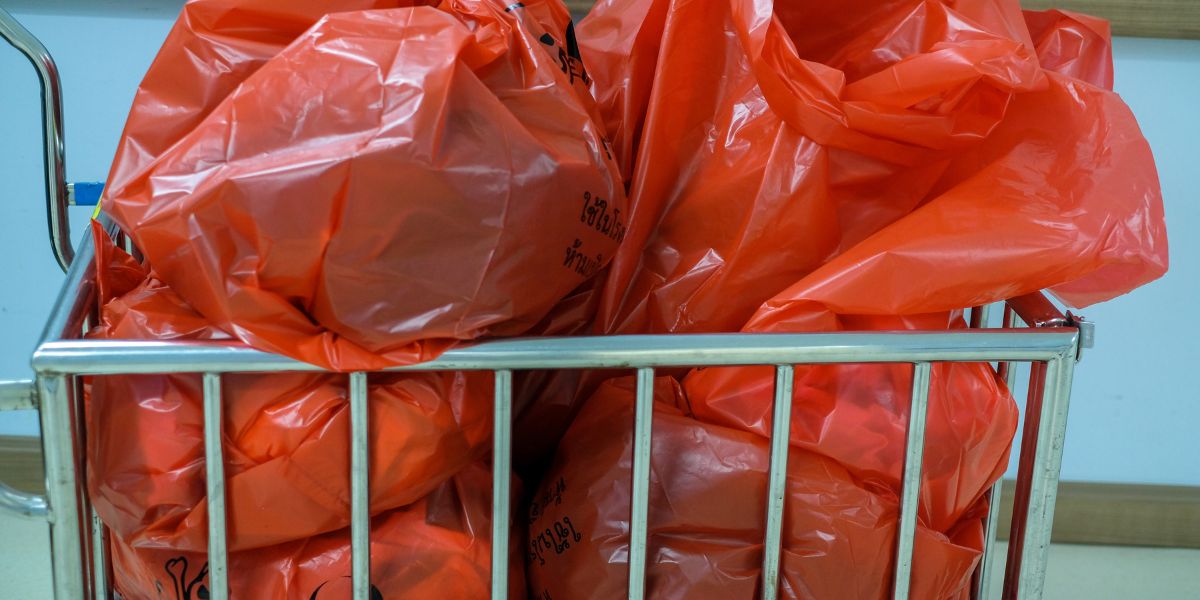
Regulations and Standards for Medical Plastic Bags
FDA Regulations
The FDA sets strict regulations for medical devices and supplies, including plastic bags. These regulations ensure that plastic bags used in the United States meet safety and performance standards, protecting patient health and promoting public confidence in the healthcare system.
- Good Manufacturing Practices (GMP): The FDA’s GMP regulations require manufacturers to follow specific procedures to ensure that their products are manufactured consistently, hygienically, and with appropriate quality controls.
- Labeling Requirements: The FDA mandates specific labeling requirements for plastic bags, such as the type of plastic used, intended use, warnings, and disposal instructions.
- Sterility Requirements: If a plastic bag is intended for sterile applications, the FDA requires manufacturers to demonstrate sterility through specific tests and verification processes.
EPA Regulations
The EPA plays a crucial role in regulating the safe disposal of medical waste, including medical plastic bags.
- Medical Waste Regulations: The EPA sets guidelines for the handling, storage, transportation, and disposal of medical waste to prevent environmental contamination and protect public health.
- Recycling Programs: The EPA encourages and promotes recycling programs for medical plastic bags when possible.
- Environmental Impact Assessment: The EPA requires manufacturers to assess the environmental impact of their medical plastic bag production processes and to implement practices that minimize their ecological footprint.
International Standards
In addition to U.S. regulations, international organizations like the ISO (International Organization for Standardization) set standards for medical plastic bags. These standards ensure product consistency, safety, and quality across global markets.
Advantages of Using Medical Plastic Bags
Hygiene and Safety Benefits
- Infection Prevention: These bags act as barriers against microorganisms, reducing the risk of infections from contaminated materials. They are especially crucial in handling biohazardous substances and contaminated medical equipment.
- Sterility and Contamination Control: They are carefully designed and manufactured to maintain sterility, essential for storing and transporting sterile medical supplies and instruments.
- Protection of Medical Supplies: These bags provide a protective barrier against dust, moisture, and contamination, safeguarding the integrity of medical supplies and ensuring their effective use.
Durability and Strength
- Puncture Resistance: Generally made from thicker and more durable materials than standard plastic bags, they are less susceptible to punctures and tears, especially when handling sharp objects.
- Leak-proof Seals: The tight seals on these bags prevent leaks, spills, and contamination, ensuring the safe and contained handling of various medical materials.
- Autoclave Compatibility: Designed for sterilization, they often have autoclave compatibility, allowing them to withstand high temperatures and pressures during the steam sterilization processes.
Disposal and Recycling of Medical Plastic Bags
Proper Disposal Methods
- Separate Waste Streams: Medical waste should be separated from general waste to prevent contamination. Healthcare facilities often have designated bins for this purpose, including those for medical plastic bags.
- Labeling and Color-Coding: These bags should be appropriately labeled as “biohazard” or “chemotherapy waste” depending on their contents. Color-coding, such as red or yellow bags, is also common to distinguish medical waste from other categories.
- Incineration or Autoclaving: Medical plastic bags often undergo incineration or autoclaving processes to effectively decontaminate and destroy infectious materials contained within.
Recycling Medical Plastic Bags
- Limited Recycling Options: While recycling is encouraged for many types of plastic waste, recycling options for medical plastic bags are often limited due to safety concerns and regulatory requirements.
- Specialized Recycling Facilities: In some cases, specialized recycling facilities may process medical plastic bags, but such options are not widely available.
- Environmental Impact Reduction: Recycling medical plastic bags when possible contributes to sustainable waste management practices and reduces the overall environmental impact of healthcare operations.
Best Practices for Choosing and Using Medical Plastic Bags
Factors to Consider When Selecting Medical Plastic Bags
- Intended Use: Identify the specific purpose of the bags, such as collecting biohazardous waste, storing specimens, or packaging sterile instruments.
- Size and Thickness: Select bags with appropriate dimensions and thickness based on the contents and handling requirements.
- Closure Mechanism: Consider the type of closure mechanism needed for secure sealing, such as zipper closures, tie-off strings, or heat seals.
- Material Compatibility: Ensure that the bag material is compatible with the contents, such as autoclavable bags for sterilized instruments.
- Regulatory Compliance: Choose bags that comply with all applicable regulations and standards for medical waste handling and disposal.
Proper Storage and Handling of Medical Plastic Bags
- Storage in Designated Areas: These bags should be stored in designated areas within healthcare facilities, separate from other waste materials and supplies.
- Maintain Sterility: Sterile bags should be handled carefully to prevent contamination. Avoid touching internal surfaces or opening bags until they are ready for use.
- Avoid Overfilling: Do not overfill bags, as this can compromise their integrity and lead to leaks.
Dispose Properly: Follow all established procedures for the proper disposal of these items to minimize the risk of contamination and comply with regulations.
Notes
- They are essential for maintaining hygiene and safety in healthcare settings.
- It is crucial to use medical-grade plastic bags designed for specific applications to ensure compliance with regulations and patient safety.
- Proper storage, handling, and disposal of these items are critical for minimizing the risk of contamination and protecting healthcare workers and patients
Mistakes to Avoid
- Using Non-Medical Grade Plastic Bags: Do not use standard plastic bags for storing supplies or handling contaminated materials. This can pose significant health risks and jeopardize patient safety.
- Improper Disposal: Failing to dispose of plastic bags properly can result in contamination, environmental hazards, and legal repercussions.
- Ignoring Labeling Requirements: Failing to properly label plastic bags can lead to misidentification, mistakes in handling, and potential safety risks.
Overfilling Bags: Overfilling bags can compromise their integrity, leading to leaks, spills, and contamination.
Conclusion
Medical plastic bags play a crucial role in maintaining hygiene, safety, and compliance in healthcare settings. Choosing the right type of bag and adhering to proper handling and disposal practices are vital to protect patient health and prevent the spread of infections. Di Dai Hung Co. Ltd., with its commitment to providing high-quality products and its understanding of the specific needs of healthcare facilities, is a trusted partner in ensuring safety and efficiency in the healthcare industry. Whether it’s biohazard bags, specimen bags, sterilization bags, or other types of specialized bags, Di Dai Hung Co. Ltd. is dedicated to offering products that meet international standards while supporting the sustainable practices necessary for responsible healthcare waste management.

